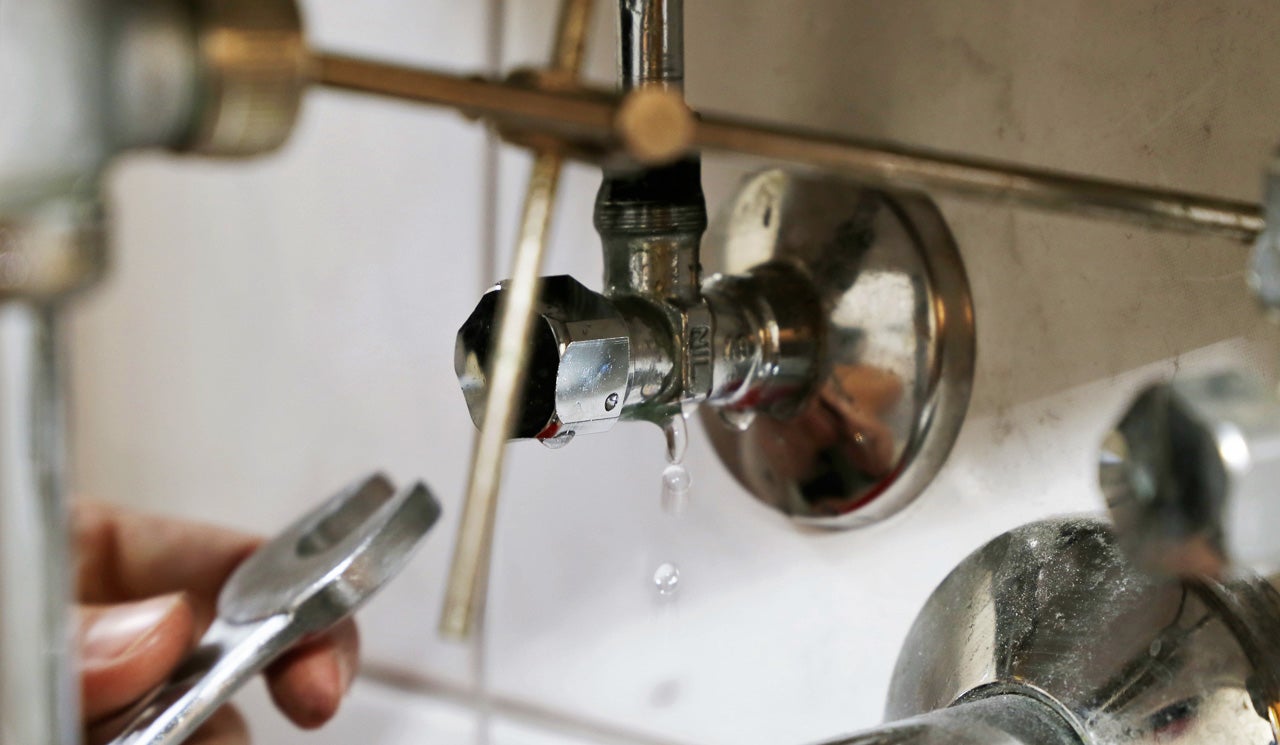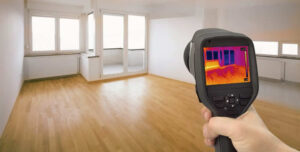Overview To Water Leak Discovery At Home
Overview To Water Leak Discovery At Home
Blog Article
This article listed below pertaining to Top leak detection hacks is definitely entertaining. You should check it out.

Early discovery of dripping water lines can reduce a potential calamity. Some tiny water leakages may not be noticeable.
1. Analyze the Water Meter
Every residence has a water meter. Checking it is a surefire way that aids you discover leaks. For starters, switch off all the water sources. Make sure no person will purge, utilize the tap, shower, run the washing maker or dishwashing machine. From there, go to the meter and also watch if it will change. Considering that no one is utilizing it, there ought to be no activities. If it relocates, that indicates a fast-moving leakage. Similarly, if you find no changes, wait an hour or 2 and check back once more. This suggests you may have a slow-moving leakage that can also be underground.
2. Check Water Consumption
If you find unexpected modifications, regardless of your intake being the very same, it indicates that you have leaks in your plumbing system. An unexpected spike in your bill suggests a fast-moving leak.
A steady rise every month, also with the exact same routines, reveals you have a slow-moving leak that's also slowly intensifying. Call a plumber to completely check your building, specifically if you feel a warm area on your flooring with piping below.
3. Do a Food Coloring Test
When it involves water intake, 30% originates from toilets. Examination to see if they are running properly. Decline specks of food color in the container as well as wait 10 minutes. There's a leakage between the container as well as bowl if the color somehow infiltrates your dish throughout that time without flushing.
4. Asses Exterior Lines
Do not forget to inspect your exterior water lines too. Ought to water leak out of the link, you have a loosened rubber gasket. One tiny leak can squander tons of water and increase your water bill.
5. Examine as well as Examine the Scenario
Home owners should make it a habit to examine under the sink counters as well as even inside cupboards for any kind of bad odor or mold and mildew development. These 2 red flags indicate a leakage so prompt interest is called for. Doing routine inspections, even bi-annually, can conserve you from a significant issue.
Inspect for discolorations and also deteriorating as a lot of devices and pipelines have a life span. If you suspect dripping water lines in your plumbing system, don't wait for it to intensify.
Early discovery of leaking water lines can mitigate a possible catastrophe. Some tiny water leakages may not be noticeable. Checking it is a proven way that aids you uncover leakages. One tiny leakage can squander bunches of water as well as increase your water expense.
If you believe leaking water lines in your plumbing system, do not wait for it to escalate.
WARNING SIGNS OF WATER LEAKAGE BEHIND THE WALL
PERSISTENT MUSTY ODORS
As water slowly drips from a leaky pipe inside the wall, flooring and sheetrock stay damp and develop an odor similar to wet cardboard. It generates a musty smell that can help you find hidden leaks.
MOLD IN UNUSUAL AREAS
Mold usually grows in wet areas like kitchens, baths and laundry rooms. If you spot the stuff on walls or baseboards in other rooms of the house, it’s a good indicator of undetected water leaks.
STAINS THAT GROW
When mold thrives around a leaky pipe, it sometimes takes hold on the inside surface of the affected wall. A growing stain on otherwise clean sheetrock is often your sign of a hidden plumbing problem.
PEELING OR BUBBLING WALLPAPER / PAINT
This clue is easy to miss in rooms that don’t get much use. When you see wallpaper separating along seams or paint bubbling or flaking off the wall, blame sheetrock that stays wet because of an undetected leak.
BUCKLED CEILINGS AND STAINED FLOORS
If ceilings or floors in bathrooms, kitchens or laundry areas develop structural problems, don’t rule out constant damp inside the walls. Wet sheetrock can affect adjacent framing, flooring and ceilings.
https://www.servicemasterbyzaba.com/blog/how-to-detect-water-leakage-in-walls/

As a passionate person who reads about Finding hidden leaks, I think sharing that article post was a smart idea. Sharing is nice. Helping others is fun. Thanks so much for your time invested reading it.
Report this page